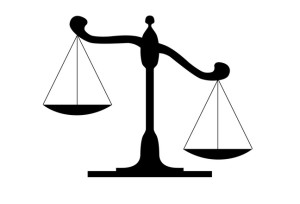 In a recent decision, Charbonneau v. Presiding Justice of the Holyoke Division of the District Court Department, the Supreme Judicial Court vacated “a standing order of the Holyoke Division of the District Court Department … prohibiting the tender of a so-called ‘defendant-capped’ plea on the day of trial.” The SJC reasoned that the standing order “contravene[d] the guilty plea procedure mandated in G. L. c. 278, § 18, and Mass. R. Crim. P. 12.”
In a recent decision, Charbonneau v. Presiding Justice of the Holyoke Division of the District Court Department, the Supreme Judicial Court vacated “a standing order of the Holyoke Division of the District Court Department … prohibiting the tender of a so-called ‘defendant-capped’ plea on the day of trial.” The SJC reasoned that the standing order “contravene[d] the guilty plea procedure mandated in G. L. c. 278, § 18, and Mass. R. Crim. P. 12.”
Under G. L. c. 278, § 18 and Rule 12, a defendant facing charges in the District Court has the right a “defendant capped” plea. This means that a defendant in the District Court has the right to withdraw any plea in which the judge exceeds the defendant’s recommended sentence. This is in contrast to Superior Court, where a Commonwealth capped plea is procedure is in effect – a Commonwealth capped plea procedure allows a defendant to withdraw any plea in which the judge exceeds the Commonwealth’s recommended sentence. The standing order at question in the case, which was issued by the presiding justice of the Holyoke District Court, directed that as of June 2015, “a defendant who intended to proffer a defendant-capped plea was required to do so” no later than 2:00 p.m. on the day prior to the scheduled trial. “The standing order further provide[d] that ‘[t]he [c]ourt will continue to accept unagreed pleas on the day of trial[. H]owever, the pleas will be Commonwealth-capped pleas on the day of trial and the defendant will not be allowed to withdraw a plea which exceeds his suggested sentence unless the [c]ourt’s disposition exceeds the Commonwealth’s recommendation.’” In other words, the standing order allowed for a defendant capped plea up until 2:00p.m. prior to the date of trial, however, if the defendant chose to tender a plea on the actual trial date, s/he would be subject to a Commonwealth capped plea, and would not be able to withdraw his or her plea if it took place on the trial date unless the judge exceeded the Commonwealth’s recommended sentence. The presiding justice explained that the standing order “was proposed as a means to maximize ‘juror utilization.’” Continue reading →
 Massachusetts Criminal Lawyer Blog
Massachusetts Criminal Lawyer Blog









